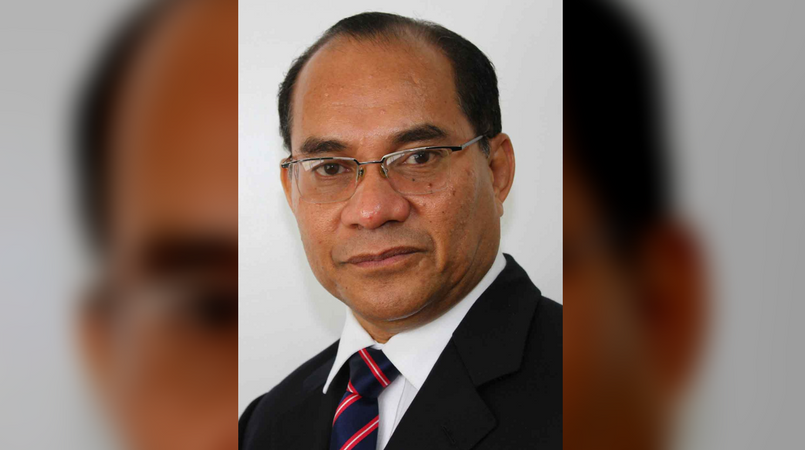
The PNG Chamber of Mines and Petroleum says information may have been misrepresented, resulting in amendments to the Mineral Resources Authority (MRA) Act.
Deputy president of the Chamber, Richard Kassman, said this includes the notion that there was over representation by the industry on the MRA Board, which could lead to conflict of interest.
Kassman also raised concern on the amendment to increase the development levy and transfer of a portion of this money to the Department of Mineral Policy and Geohazards Management.
In February the NEC and Parliament passed amendments to the MRA Act.
They include:
- The removal of direct industry representation on the MRA Board
- The doubling of the production levy rate from 0.25 percent to 0.5 percent, and
- The allocation and remittance of 35 percent of the annual production levies directly to the Department of Mineral Policy & Geohazards Management (DMPGM)
During the launching of the PNG EITI Reports for 2015 and 2016, Deputy Prime Minister Charles Abel said the amendments were made following an exhaustive process.
“Government decided that it wanted more of a government dominance in terms of the regulatory body for the industry so that it avoids some of the potential conflict of interest when it comes to regulation of the industry.”
Kassman said these provisions may have been misrepresented
“There was a perception that it (MRA Board) was dominated by industry, which in fact was not correct. In terms of the concerns about conflict of interest in licensing, under the MRA Act, it was quite an independent body,” he said.
Kassman also raised the doubling of the production levy rate and the allocation and remittance of annual production levies directly to DMPGM.
“We believe very strongly that the responsibility to funding departments lies with the state,” Kassman added.
However, the Chamber deputy president said the lesson out of this is that there must be wider consultation.
